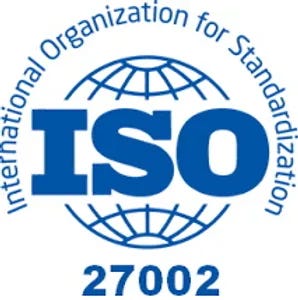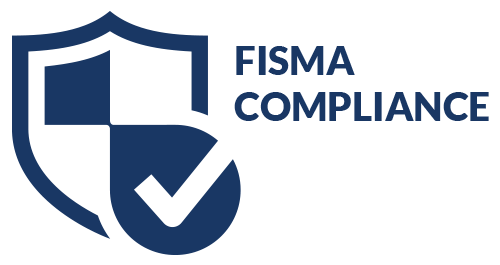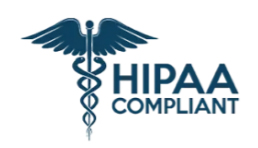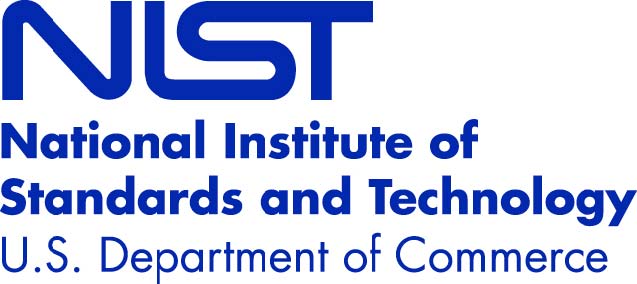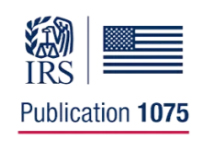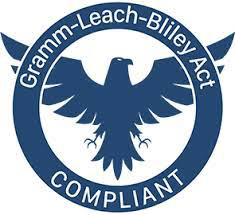When you send the debt collection letter is just as important as what you say.
One of the most powerful tools to use in debt collection services is the debt collection letter. This technique is also one of the most regulated in the industry, along with phone calls to the past due client.
While establishing and maintaining an in-house debt collections department can be a challenge, one of the more underutilized tools in the A/R recovery process is the debt collection letter, also referred to as a demand letter. What kind of strategies should your organization employ to make more effective use of what can be a very powerful and effective tool for debt collections?
Best Practices of Writing a Debt Collection Letter
The first thing to consider when crafting a debt collection letter is that the first correspondence should not be overly harsh in tone. Keep in mind that the customer may simply be confused by your invoice, and is therefore late in payment. However, it is crucially important to send the first on-demand letter immediately after the invoice is past due. The older the invoice, the harder it can be to collect.
But a methodology for these letters is also crucial. Too many letters, or letters spaced too infrequently, can simply waste money or be considered harassing by your client. If the lag time between customer contacts is too long, it may signal that the past due debt is unimportant.
What if your internal collections department intersperses calls with letters? If a customer promises to pay and then breaks the promise, how quickly should you generate what some call a “broken promise” correspondence? What kind of tone is appropriate in letters generated for the seriously past-due client?
Questions and concerns about these things are all good reasons to contact a professional collection agency in order to overcome the challenges businesses face when rolling out and implementing an in-house collections strategy.
Writing a Debt Collection Letter 101
In a debt collection service letter, the tone or “intent” is important. Crafting debt collection letters that fit the audience is important. You can use these letters to actually spread goodwill toward your brand. So, the “tone” could be more “How can we help you get back on track?” instead of taking a big stick approach.
TSI believes that the timing of these letters as well as the way you write them, actually helps increase the revenue you collect. Communicating in channels that the customer prefers as well as having an automated, meticulous follow-up process are all ways that TSI can help your organization recover receivables — without damaging your reputation.
TSI Offers Options to Fit Any Customer
TSI’s time-tested process offers a multi-channel collections strategy that encourages immediate results from your past-due clients without an overly harsh correspondence that damages the long-term customer relationship. Our third-party demand services are compliant with all local, state, and federal collections rules and regulations.
TSI is a leading provider of accounts receivables management and debt collections in the nation. We service every industry with our highly effective mix of people and technology to help provide ROI on every dollar you spend.
